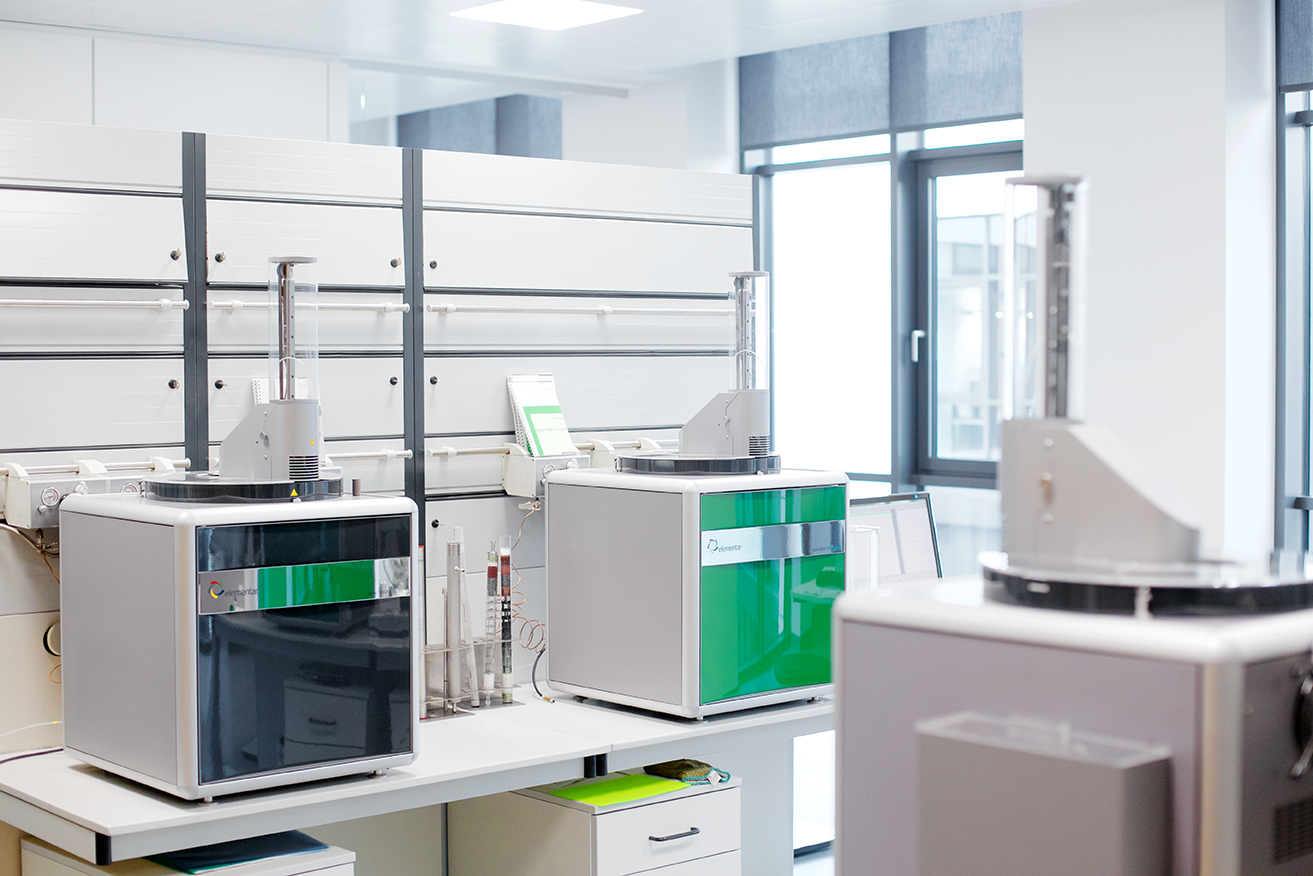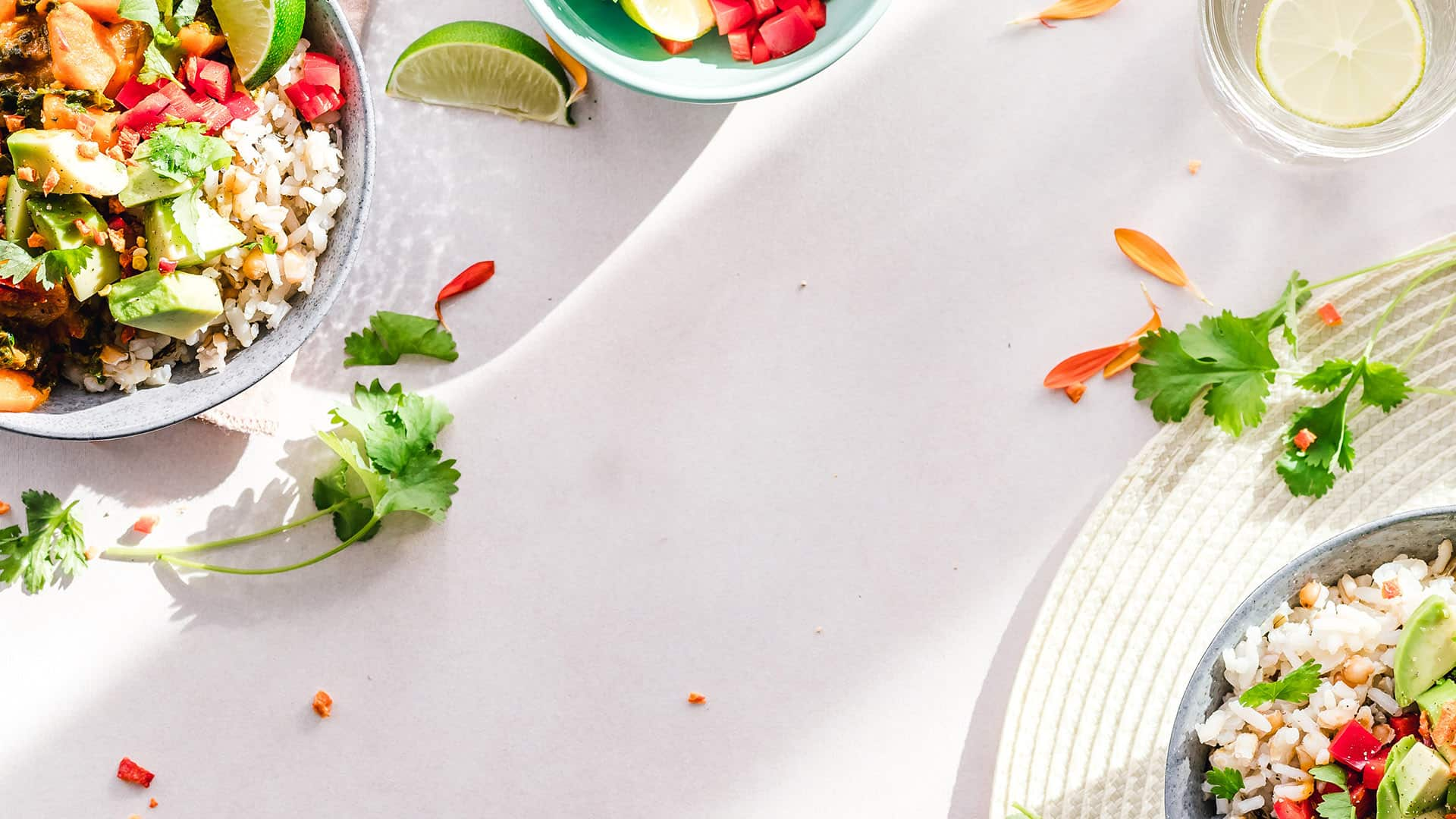
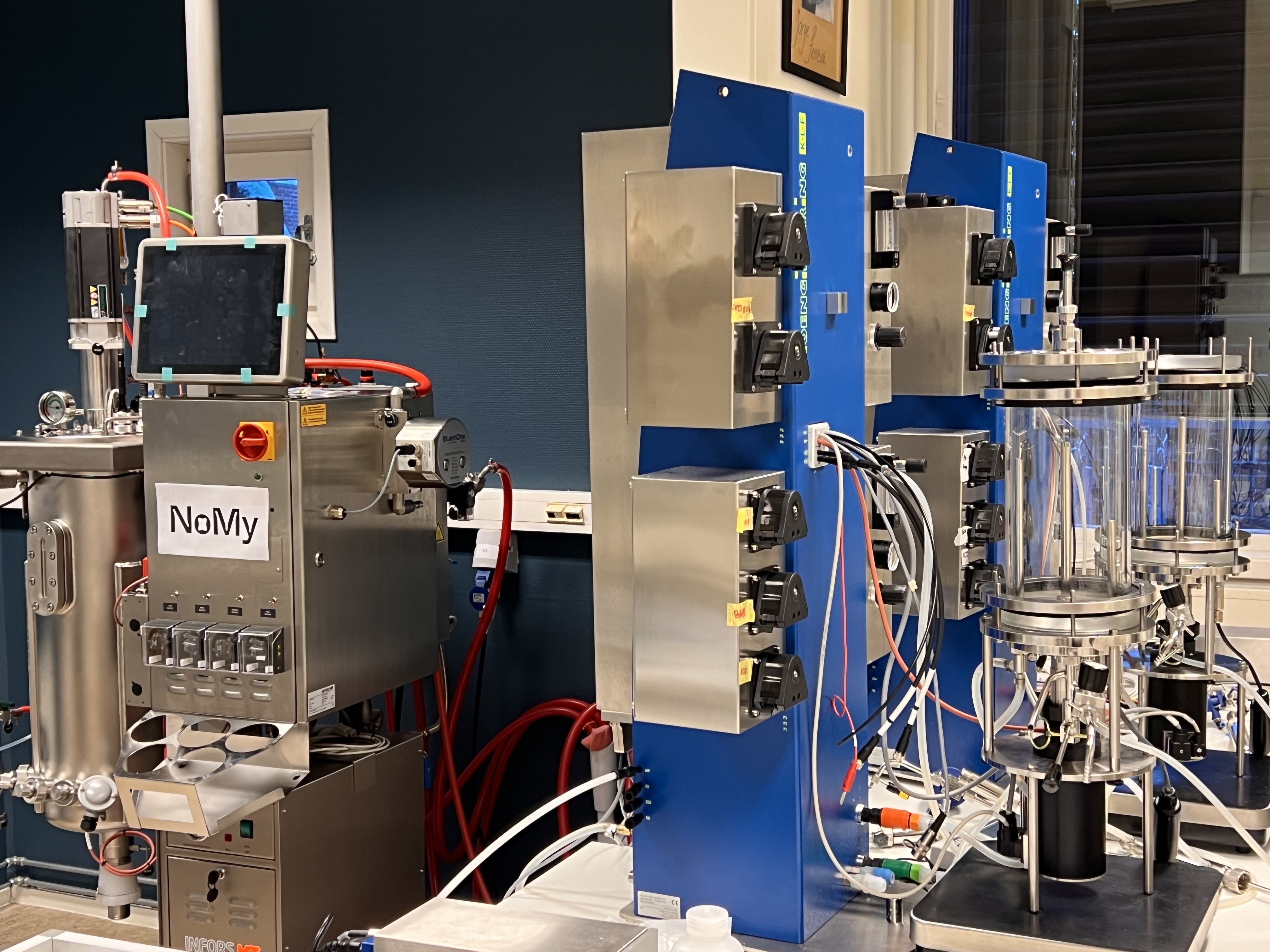
How NoMy is helping aquaculture clean up its feeding act
NoMy’s David Andrew Quist & Ingrid Dynna explain the circular partnership approach to creating fungi-based feed for the aquaculture sector
What happens when a veteran of big tech teams up with a fungal scientist? Look no further than NoMy, the Oslo, Norway-based company that is developing sustainable feed and food solutions using fungi, with an emphasis on mycelium.
Founded in 2020, NoMy (short for Norwegian Mycelium), announced an undisclosed amount of capital in its seed funding round in late 2021, which attracted Norwegian VCs including We Are Human, TRK, StartupLab Founders, and Firda – funds that have since been invested into ongoing R&D on novel feeds for the aquaculture sector.

“My background is in fungal biology; I’m a mushroom scientist,” begins David Andrew Quist, Co-founder. “Throughout my career, I’ve been heavily involved in food, particularly in promoting sustainable food systems. This work encompassed both the technical aspects, like R&D, and the policy side, such as advocating for change. After dedicating a significant portion of my career to food, I decided to take a break from the policy world and pursue a hands-on approach. So, I opened my own restaurant!”
As a restaurateur, Quist developed a unique food concept that uses fungi and fermentation as the foundation of his dishes. “This allowed me to combine my expertise as a food scientist with the practical experience of a local restaurant owner. Already using mycelium and mycoproteins in our dishes, it sparked a question. What if we could use this technology to feed not just hundreds, but millions of people? That planted the seed of our current venture.”
“I actually started my career in big tech,” adds Ingrid Dynna, CEO & Co-founder. “I spent almost 15 years at Google and YouTube. When I left Google, I knew I wanted to focus on climate technology solutions so when I met David, I was quickly convinced that the world of fungi had immense potential in this area.”
It’s not just producing mycelium-based products for the feed industry that helps NoMy stand out. “Our circular partnership model involves working with specific food production facilities,” reveals Dynna. “We analyze their processes to identify opportunities to utilize their sidestreams before they become waste. This keeps the materials suitable for food production and reduces water and energy usage. In essence, we help them decarbonize their operations, and tackle two major problems simultaneously. We significantly reduce food industry waste by utilizing sidestreams, and we contribute to food security by creating nutritious and potentially delicious fungi-based ingredients suitable for animal feed and potentially also human food in the future.”
.jpg)
Feeding frenzy
Providing alternative feed ingredients is a necessity, according to Dynna. A common type of fish feed is fishmeal, made from grinding up wild-caught fish, which contributes to overfishing, harming wild fish populations, as well as the overall health of the oceans. Aquaculture research has looked at alternative feed sources, such as plant proteins, insects, and even algae. Fungi is another protein source to add to that list. Farmed fish don’t always eat all their food either: uneaten feed and fish waste can sink and decompose, releasing nutrients such as nitrogen and phosphorus into the water. Too much of these nutrients can lead to algal blooms, which can deplete oxygen levels and harm other marine life.
“Nearly 80% of greenhouse gas emissions from fish farming come from the feed itself, which is a staggering statistic,” Dynna continues. “This is why many governments, including Norway, are prioritizing the development of sustainable and locally produced feed ingredients. It’s a social mission to address this global problem. And that’s where we come in. Our solutions are both circular, meaning they minimize waste, and scalable, allowing for broader adoption.”
Species such as salmon require a lot of high-quality protein. Although traditionally this came from fishmeal, soybean meal has been increasingly used as a replacement due to its volume, albeit its impact on land use raises concerns. “We need scalable alternatives that are both affordable and consistent,” says Quist. “That’s where our mycoprotein comes in. Research shows it’s a high-quality protein with the right balance of amino acids. We call it a ‘protein with benefits’ because it contains beta-glucans, which can boost the immune system in fish. Studies indicate mycoprotein has the potential to replace fishmeal to some extent, and definitely soy, as a high-quality, low-cost, and scalable ingredient.”
But one of the beauties of working with fungi for Quist is that NoMy harnesses nature’s own process. “Fungi efficiently convert nutrients into biomass, and this biomass is already high in protein – perfect for our feed ingredients,” he says. “This translates to a significant advantage for us. Our production process requires minimal energy and has low operating costs compared to other alternatives, which allows us to deliver our product at a very competitive price point. Unlike some competitors, whose ingredients require extensive processing, we can utilize fungal diversity to create high-quality ingredients that meet the industry’s needs.
Our goal is to deliver a product that’s not only cost-competitive but also environmentally friendly. These are the two crucial metrics for building a more sustainable food system for the future
“Using sustainable feedstocks is a true game-changer for us,” suggests Quint. “The easy option, as some fermentation companies do, would be to use sugar for maximum productivity. But for us, it’s about creating a positive impact on both the market and the environment. Our goal is to deliver a product that’s not only cost-competitive but also environmentally friendly: these are the two crucial metrics for building a more sustainable food system for the future. We’re putting a tremendous amount of energy into the feedstock side of things. By unlocking the potential of these sustainable sources, we can create consistent, high-quality products that meet the needs of a sustainable future.”
Regulatory hurdles
Of course, the regulatory environment is a major hurdle for companies working with sidestreams. These regulations were designed for linear food systems, not the circular systems that NoMy is adopting. “There’s a lot of work needed to establish the scientific knowledge and conduct proper assessments to safely modify these regulations for circular solutions,” admits Quint. “This applies to sidestream classification, how they can be used in food production, and how to maintain their food- or feed-grade status. While both traditional and our approach look at sidestreams, ours offers some advantages. We can tap into a broader range of sidestreams because the regulatory environment for feed allows for a simpler go-to-market strategy with fewer hurdles. Our product is a bulk ingredient, so unlike novel food products, we don’t need to convince individual consumers or navigate complex sales and distribution channels. Focusing on feed is a more straightforward approach. Another factor is our location in Norway. This massive salmon industry here aims to grow fivefold in the next 30 years. Our sustainable mycoproteins can significantly impact this industry’s protein needs.
“Finally, fungi are fascinating organisms with incredible potential due to their metabolic and enzymatic diversity,” Quint states. “However, only a few strains are currently approved for food or feed. While regulations exist for a good reason, we need more research to expand the range of approved strains. This field is brimming with potential, and we’re just starting to explore the possibilities fungi offer. In the future, we’ll be actively looking for new strains with even greater potential.”
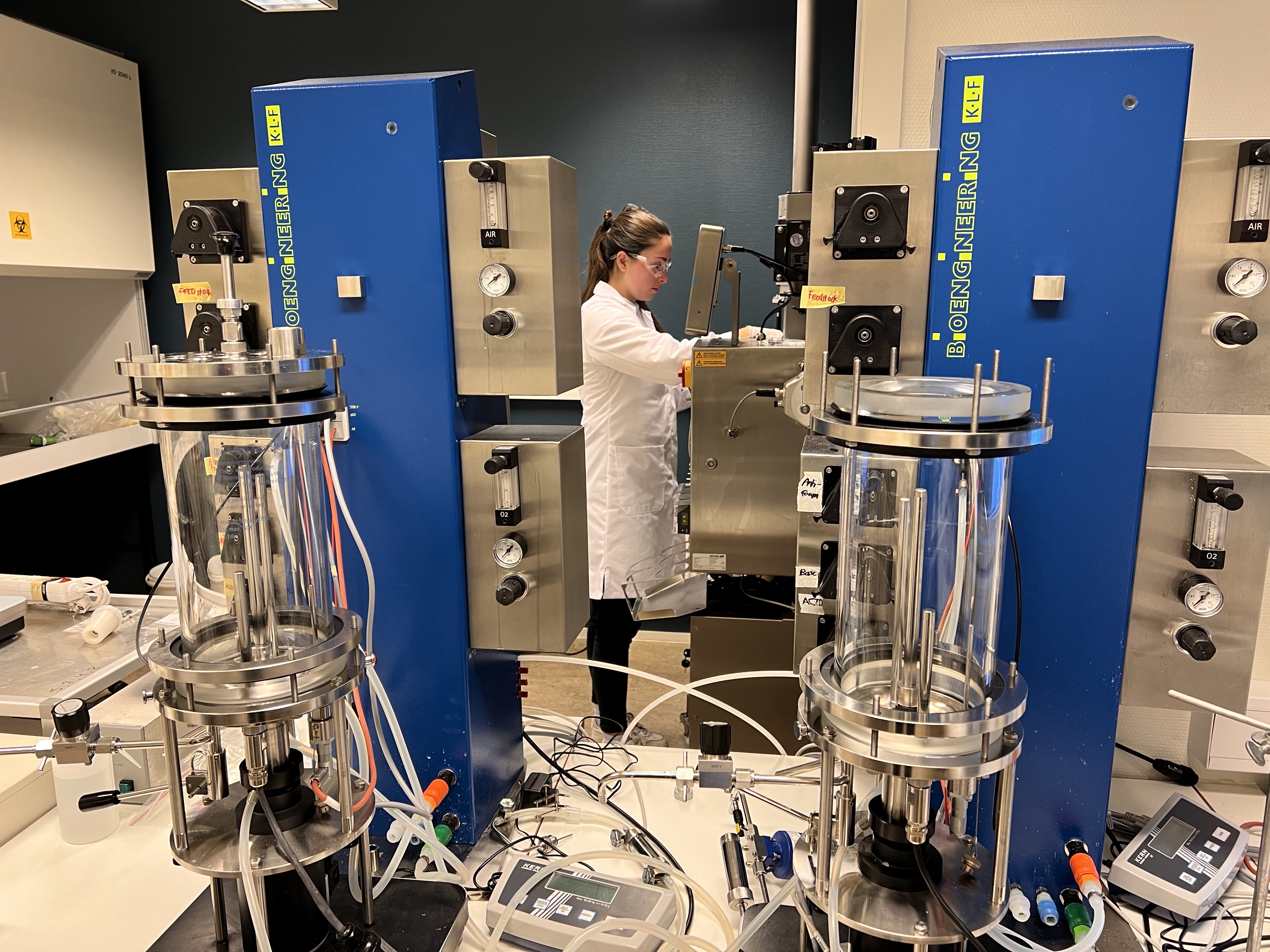
2024 looks set to be a pivotal year for NoMy, with the opening of its pilot facility in Oslo. “This crucial step takes us from lab-scale production to a pilot stage, allowing us to demonstrate the scalability of our products,” reveals Dynna.
“Secondly, we’ll be gathering strong evidence that our products function effectively in animal feed through free trials. Finally, a key focus for 2024 is further collaboration through our innovative partnership model. This prioritizes building strong relationships across the entire value chain. Our partners range from sidestream producers who supply us with raw materials to the end customers who use our products. We also collaborate with research institutions, all with the goal of expanding our partnerships.”
Human consumption?
Neither Dynna nor Quist will reveal much about NoMy’s plans for human food, although reading between the lines, it appears to be in their thinking. “We’re working on a few of them that I can’t share with you now,” says Quint. “There’s a lot of exciting areas where mycoproteins will impact nutrition in a big way. Consumers are scrutinizing labels, prioritizing health, and remain price conscious. However, the plant-based sector hasn’t always met their expectations for taste and texture. We believe mycoprotein can bridge this gap. Beyond protein, these mycelium-based ingredients also have exciting functionalities: their gelling, foaming, and emulsifying properties offer lots of potential to replace animal-based ingredients in novel food products. There’s a lot of ongoing research in this area, and even more to explore to fully unlock the potential of mycoproteins.”
For more information visit www.nomy.no
If you have any questions or would like to get in touch with us, please email info@futureofproteinproduction.com


%20ILVO%202.jpg)
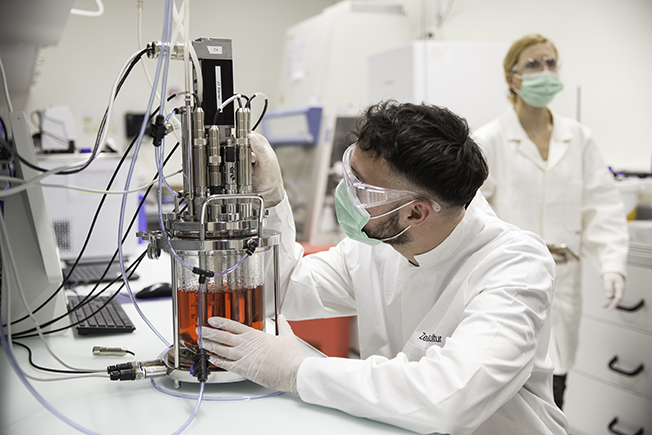
.png)
